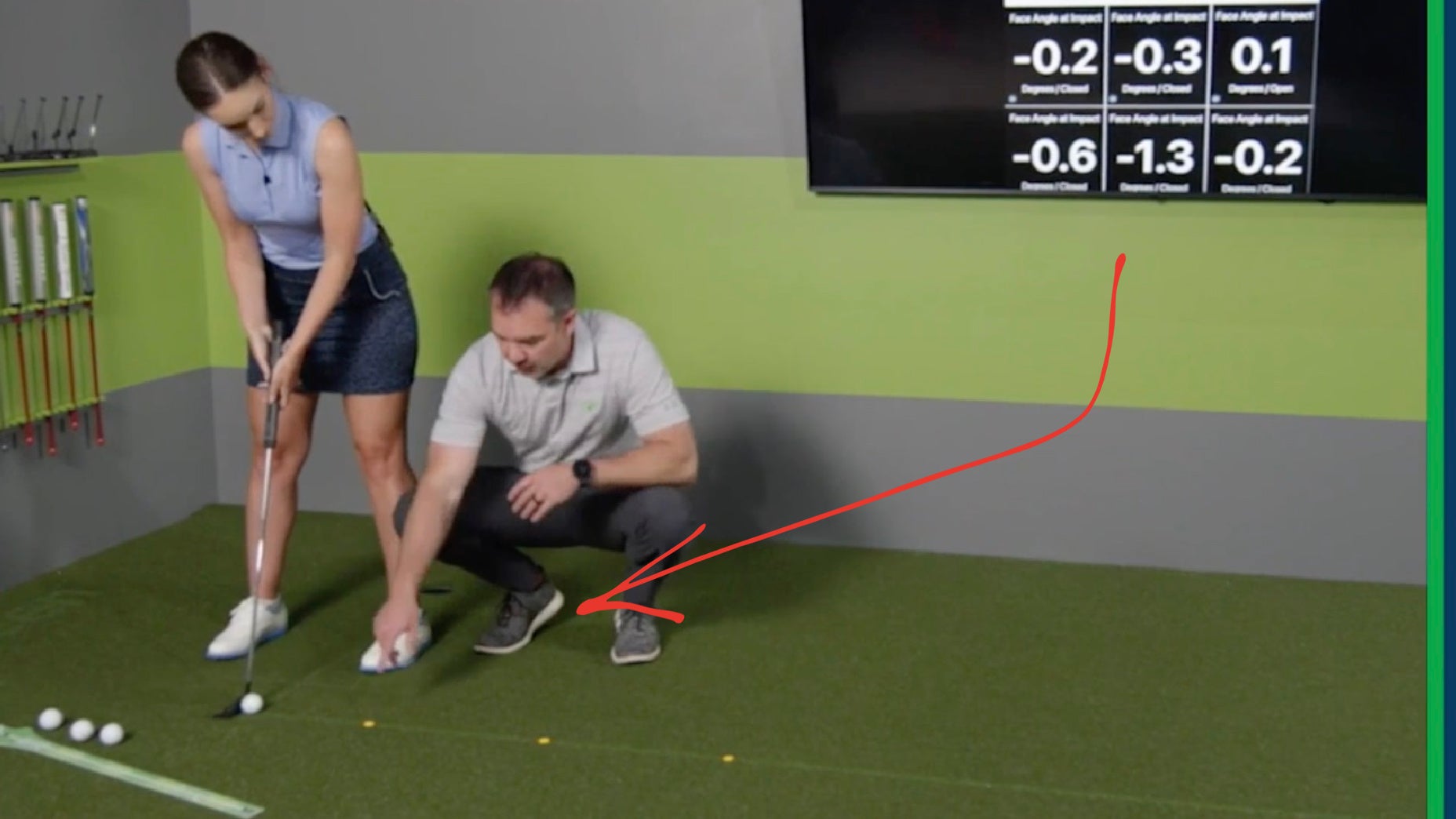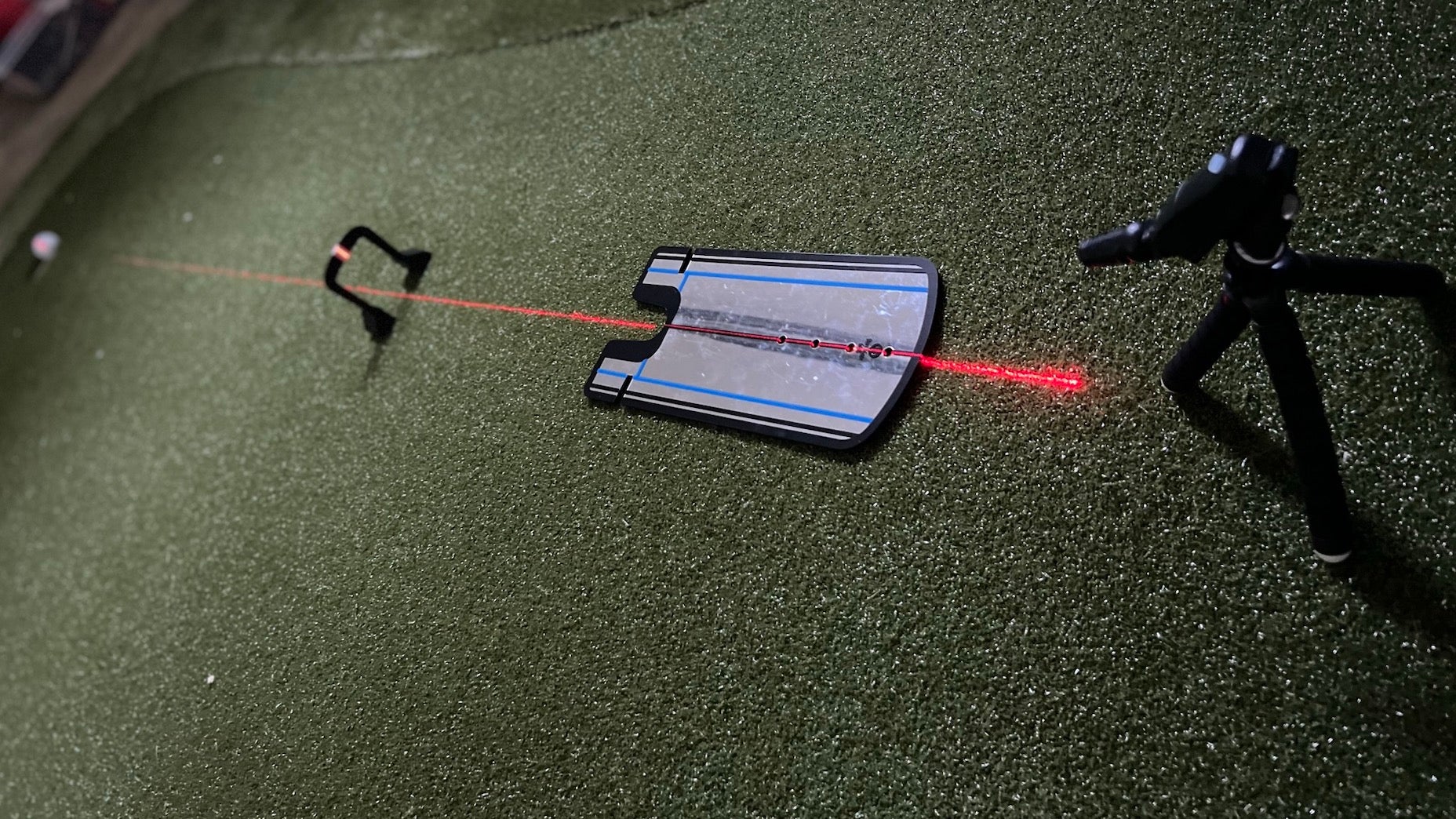6 keys to putting ultra-fast greens, according to a Top 100 Teacher
- Share on Facebook
- Share on Twitter
- Share by Email

There is something both fun and scary about fast greens. Augusta National — especially this year — has been the ultimate showcase for fast greens.
Players will have to navigate them well on Sunday if they want to take home the green jacket. How will they do it? Technique, imagination and experience are all important qualities you need to be successful. Learn from them, and do these things to improve your own putting on fast greens.

1. Always warm up before you play
“Wow these greens are really fast” is a great excuse for about two holes, but why sacrifice your score because you aren’t prepared?
It will take you a little longer to adjust to the speed on lightning fast greens, so anticipate this and plan for extra time. A warm up plan I suggest is to start with a 15-20 foot, relatively flat putt. Roll several balls toward the hole to try to get a sense for the speed of the greens. Stay at this distance until you feel you have a sense for distance control and how the greens are rolling. Once you can successfully control this distance, then move around the green to different distance putts, including uphill and downhill.
Another drill I like is to putt back and forth between two cups, uphill and downhill, and two putt or better at least two times in a row. This will train you to adjust your stroke size and speed for the same distance putt and adjusting for the up or down slope.
2. Keep your stroke short
Stroke size controls distance. When greens are extremely fast you need to be willing to shorten your backstroke.
On short putts, I will tell my students they only need 1-to-2 inches of backstroke, and they often seem shocked. You want your stroke to be small enough that it isn’t generating a lot of speed, but always in continuous motion. Understand that smaller strokes produce less speed. The less gas you put in the tank the less energy — it’s that simple.

3. Putt to a target short of the cup
Giving the ball enough speed to roll past the cup on uphill and flat putts is fine, but NOT on downhill putts, especially when the greens are crazy fast. Picking a target short of the actual cup can help to convince you to take a smaller, slower stroke. You may only need to feel that you roll the ball three feet on a 30 foot putt if it is excessively downhill. Try to just “cozy” the ball close and if by chance it gets there and falls in, it was a lucky mistake.
4. Even size, rhythm and grip pressure
When you watch the best putters on television, their strokes often look calm and smooth. And odds are, the greens they’re putting on are really fast, too.
Even strokes in size, rhythm and grip pressure will allow your backstroke to be the true distance controller. I truly believe if you make the right length backstroke for the playing distance of the putt, and you let your putter feel like it just falls, the ball will roll the right distance. This “myth” that you need to follow through or accelerate your putting stroke can make distance control challenging. I believe you can help to keep your stroke smooth, consistent and reliable is to keep your grip pressure relatively consistent, and not have it increase as you try to fake a speed that wasn’t created properly in your backstroke length. When the green is super fast, an even stroke will help to avoid the ball that has a mind of it own and forgets to stop close to the cup.

5. Choke down on your putter
The adjustment to playing really quick greens can be shocking. It can be helpful to have a trick up your sleeve. Placing your hands very low on the grip of your putter can help to shorten the lever and therefore the power delivered to the ball. I have a student who does this and does it extremely effectively. On really short putts, she holds really low on the putter and her stroke automatically is slower. The next time you are overwhelmed by green speed try this and I think it will make a big difference.
6. Increase the amount of break you play
When you are putting on really fast greens and you roll the ball more slowly, the side slope of the green will make the ball break more. Being a good green reader and understanding both the side tilt and slope can make a huge difference especially on fast greens.
I’m an ambassador for GolfLogix (GolfLogix and GOLF.com are owned by the same parent company, 8am Golf), and I’ve fallen in love with the company’s GreenBooks, a traditional twist on a technology based app. It’s based on the same 3D imagery that tour players use and and are available for over 14,000 courses (you can find your own course right here).
Even at my home course, these books help me to better see the subtle curves that I might not have time to pace and feel. Using the latest technology to give yourself a better chance is essential, and often, you’ll end up playing more break.
I remember playing a round of golf at Seminole in Florida and the greens there can get crazy fast. By the end of the round, I was gripping down, taking a tiny backstroke and saying to myself: “just touch it.” It took all of that to control the ball from going too far. With a bit of understanding, practice techniques and attention, you can certainly putt great on even the fastest of greens
Latest In Instruction

Golf.com









